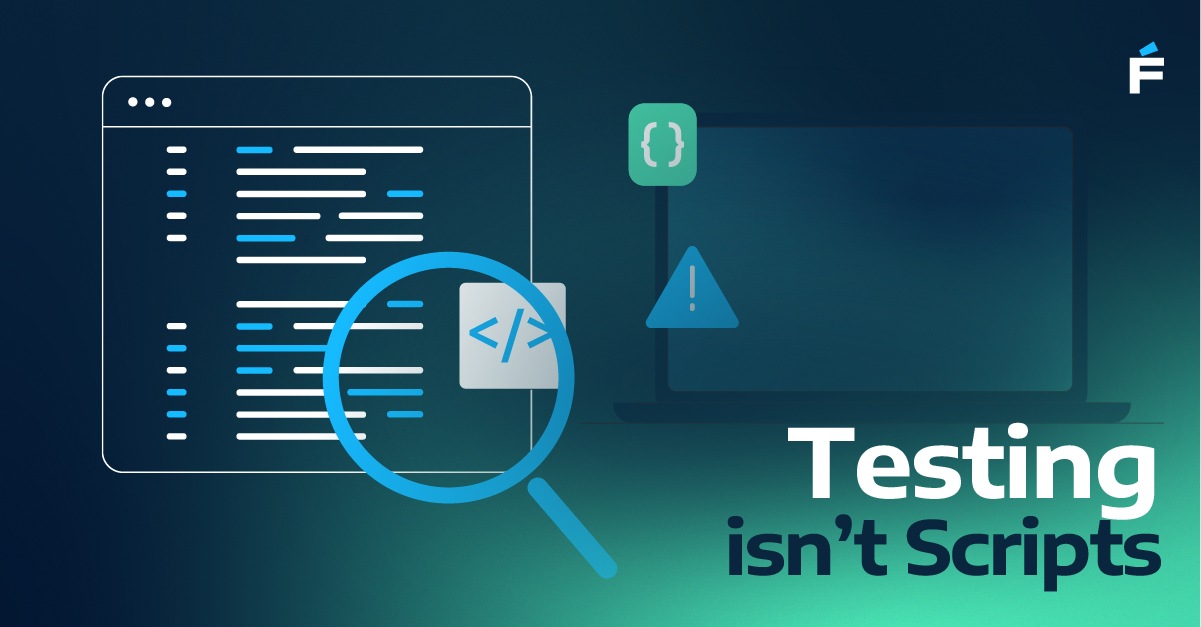“The value of being a data engineer is not in knowing all the tools, but in understanding how they fit together.”
Being a data engineer is both an art and a science—a blend of creativity, problem-solving, and technical wizardry. Having spent many years in the field, I know firsthand what a typical day in the life of a data engineer looks like, and I’m here to share that with you.
Diving into data sources
A typical day for a data engineer often begins early. Coffee in hand, the first task is to review the various data sources we rely on. Data comes from everywhere—medical records, wearable devices, sensor data, logistics, customer transactions, fraud detection data, social media, and more. It’s the data engineer’s job to evaluate these sources and figure out the best way to pull this data into our systems. This involves determining the most efficient ingestion method, which is a fancy way of saying, “How do we get this data from point A to point B without losing any of its value?”
For structured data, tools like Fivetran, Stitch, Airbyte, or Hevo are commonly used. These tools help automate data ingestion, ensuring that the data flows smoothly into our systems with minimal hassle.
But not all data is neat and tidy. Sometimes, data engineers deal with unstructured or complex data, which requires a more hands-on approach. Tools like Apache Airflow, Talend, Pentaho Data Integration, SSIS, or Informatica PowerCenter are employed to build custom connectors and pipelines, tailoring the data extraction process to fit unique needs.
Profiling and using the data
Once the data is in the system, the real work begins—data profiling and exploration. This is where the data engineer gets to play detective. Using tools like Great Expectations or Dataform, we dive into the data to understand its quality, distribution, and any potential issues that might be lurking beneath the surface. This step is crucial because if the data isn’t clean or reliable, any insights or decisions drawn from it will be flawed.
It’s like building a house; you wouldn’t want to use warped wood and crumbling bricks. The same principle applies to data. Before transforming it into something useful, it needs to be solid and trustworthy. This is where data cleaning comes into play. We spend time ironing out any kinks, filling in missing values, and transforming the data into a consistent format.
Building and orchestrating data pipelines
The afternoon is often dedicated to the heavy lifting—building the data pipelines that will carry this valuable data to its final destination. Data engineers construct data models, defining how data flows between tables, how it’s transformed, and how different datasets relate to each other.
This process is akin to designing a city’s transportation system. All the routes must be mapped out, ensuring there are no bottlenecks and guaranteeing that everything runs on schedule. Pipeline orchestration tools like Airflow, Luigi, or Apache NiFi are invaluable for defining dependencies, scheduling tasks, and handling any errors that might pop up along the way.
But building the pipeline is only half the battle. Implementing robust data quality checks using Great Expectations or Dataform's testing framework is essential. These checks act like security guards, ensuring that only accurate, complete, and consistent data makes it through the pipeline.
In some cases, data needs to be processed in real-time, which adds another layer of complexity. For this, tools like Apache Kafka, Apache Spark Streaming, Kinesis, or Delta Live Tables are used to handle data streams, ensuring data can be analyzed and acted upon as it’s generated.

Monitoring and collaboration
As the day winds down, the focus often shifts to monitoring the performance of the data pipelines and ensuring everything is running smoothly. Tools like Grafana, Looker, or Tableau are used to keep an eye on things. If there’s a bottleneck or data anomaly, it’s the data engineer’s job to jump in and fix it before it causes any disruptions.
Since much of the data infrastructure operates in the cloud, cloud-based ETL tools like Google Cloud Dataflow, AWS Glue, Azure Data Factory, or Snowflake are also part of the toolkit. These platforms offer managed services that integrate seamlessly with cloud data warehouses and storage solutions, making it easier to scale operations as needed.
Effective communication is another key part of the role. Data engineers regularly touch base with data analysts and scientists, making sure they have the data they need in the right format. Collaboration tools like Confluence or Notion are invaluable for documenting work—whether it’s the design of a data pipeline, the structure of a data model, or the standards followed for data quality.
Reflecting and planning ahead
At the end of the day, it’s important to take a few minutes to reflect on what has been accomplished and what challenges lie ahead. Data engineering is an ever-evolving field, and there’s always something new to learn or a fresh problem to solve. Sometimes, it’s worth spending a bit of time reading up on the latest trends or experimenting with a new tool or technique.
One area of particular interest is the integration of machine learning (ML) into data pipelines. Tools like Kubeflow and MLflow are invaluable for orchestrating and managing the entire ML lifecycle, from data preparation to model deployment. By incorporating ML, data engineers can build more intelligent systems that not only process data but also learn from it.
Before logging off, it’s common to jot down a few notes on what needs to be done tomorrow—whether it’s setting up a new data source, optimizing a pipeline, or collaborating on a new project. The work of a data engineer is never truly done, but that’s part of what makes it so exciting.

The life of a data engineer
Being a data engineer is about more than just working with data—it’s about transforming raw information into actionable insights that drive decisions and power innovation. Every day brings new challenges, but also new opportunities to learn, grow, and make an impact.
As the data ecosystem continues to grow, tools like Amundsen and Apache Atlas help manage data catalogs and metadata, ensuring that data is discoverable, well-governed, and used effectively across the organization.
That’s what keeps data engineers coming back, day after day.
Note: The nature of a data engineer's work can differ significantly depending on factors like the organization's size, sector, project lifecycle, and specific position. This overview provides a general snapshot of potential tasks and tools commonly used in the field but may not accurately reflect the experiences of all data engineers.



.png)
